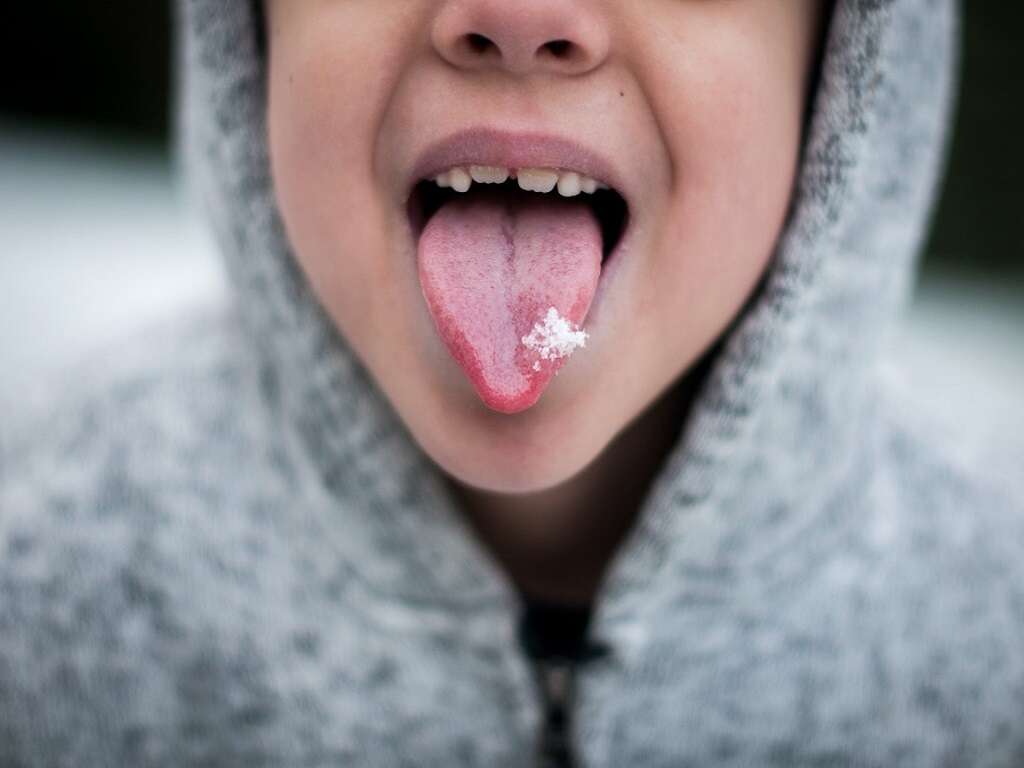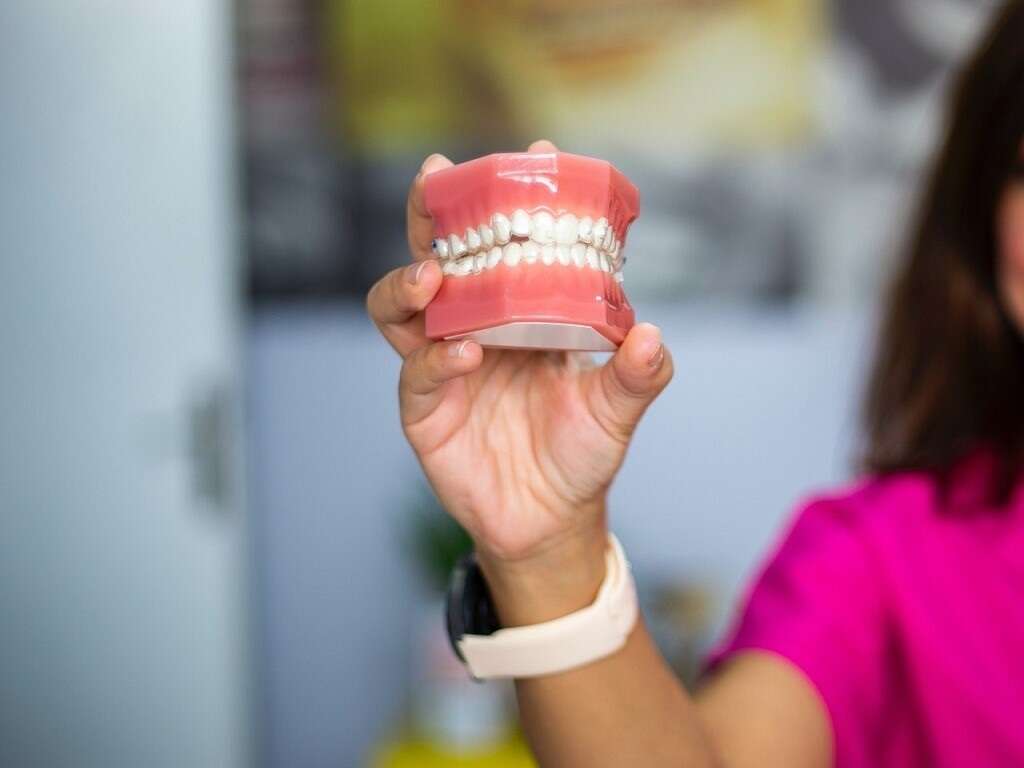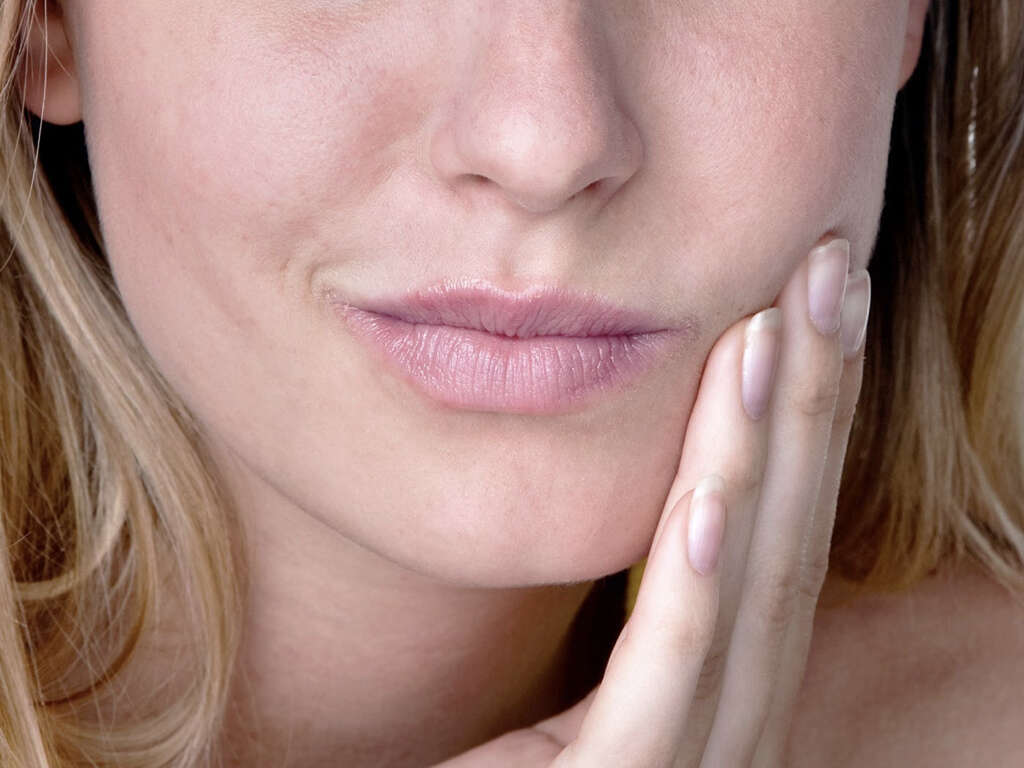10 Causes of Mouth Ulcers
Mouth ulcers are ulcers that occur on the mucous membranes of the mouth. It is a very common issue that can be seen in various conditions. Mouth ulcers often cause pain, difficulty eating, discomfort, and can also affect food choice, as certain foods may cause more pain.
Mouth ulcers can appear individually or there may be multiple ones that appear at the same time. An ulcer is defined as a break in the mucous membrane, or skin, where there is disintegration, loss of surface, and necrosis of the tissue surface.
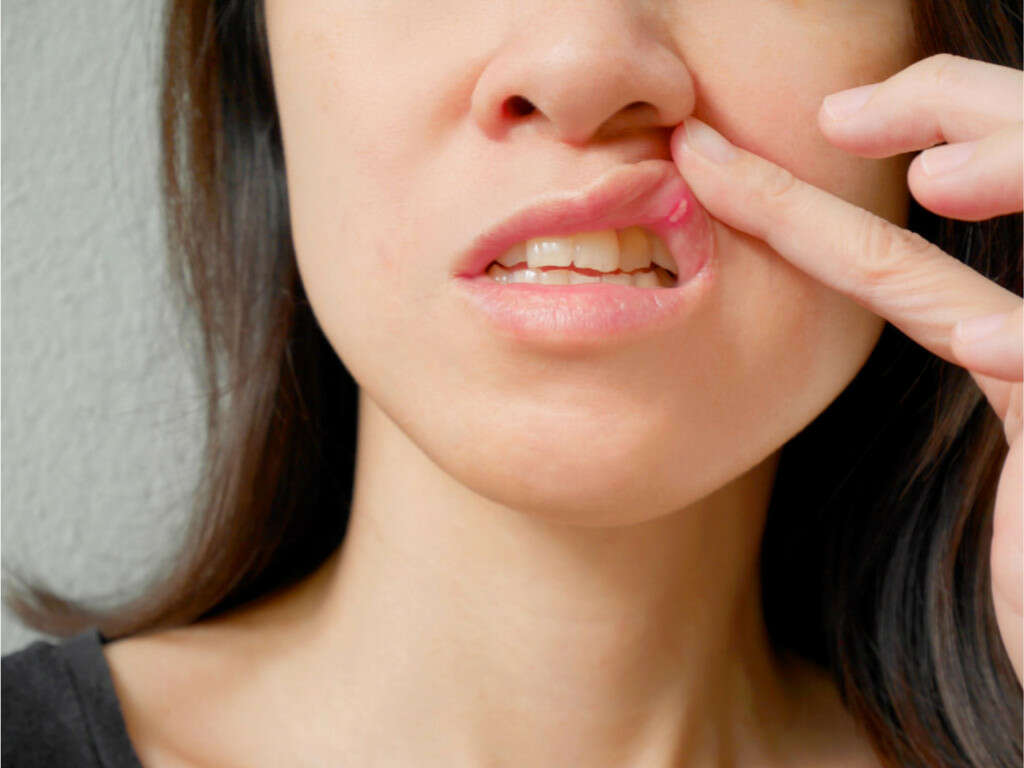
Cause #1: Trauma
The most common cause of mouth ulcers is trauma to the lining of the mouth due to fillings, crowns, dentures, and braces. Accidental biting can also cause ulceration especially after the use of a local anesthetic during dental treatment, which decreases awareness of pain in the mouth. Foods that are rough can also damage the lining of the mouth causing trauma and subsequently, ulceration.

Cause #2: Morsicatio Buccarum
While the name may sound rare, it is a term that is used to describe a very common habit where some individuals bite or chew their cheeks repetitively causing chronic irritation and injury to the mucosal lining. It has been suggested that this habit may be a manifestation of body focused repetitive behavior disorder.
These bite or chew marks are most commonly located in the central or anterior part of the buccal mucosa where the upper and lower teeth meet. The lesions are often red and ulcerated with irregular surfaces. It is a fairly common phenomenon with one in every 800 adults showing active lesions. It is more common in those who are stressed or have psychological conditions.
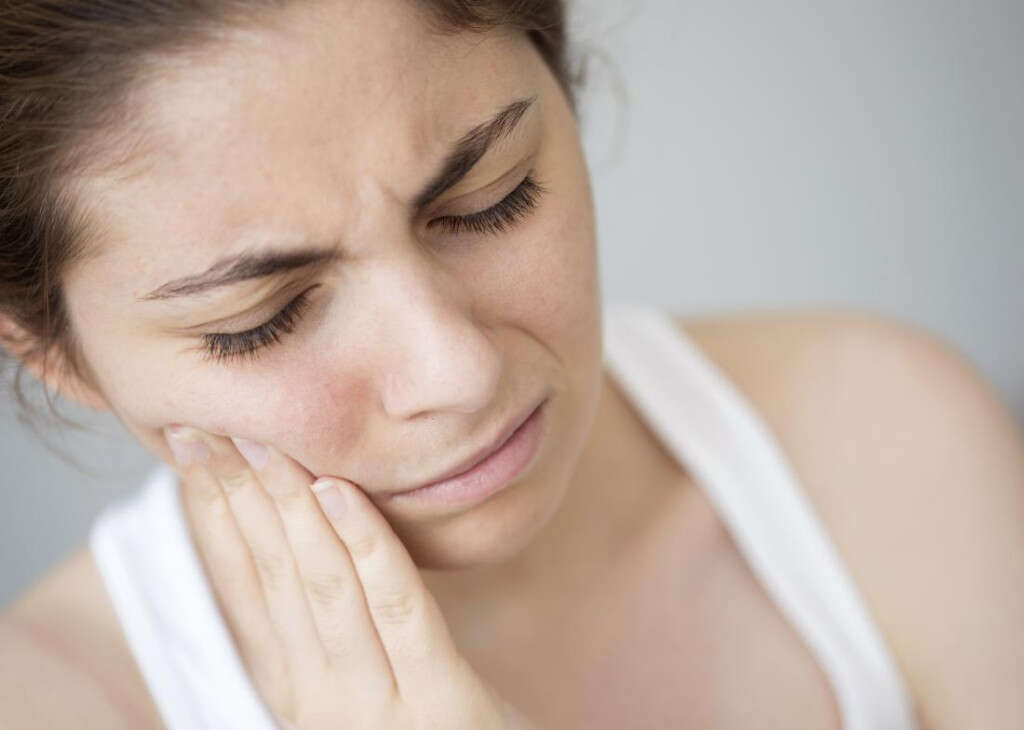
Cause #3: Thermal Burn
Mouth ulcers caused by thermal burns are usually a result of excessively hot food or beverage. The use of a microwave has also increased the frequency or thermal burns in the mouth as food can be cold externally despite being hot internally.
These burns usually occur in the posterior buccal mucosa or palate. Thermal burns usually appear ulcerated with zones of erythema. Burns that affect the tongue can also cause numbness and reduced taste, which is temporary until the lesion heals.

Cause #4: Radiotherapy
Radiotherapy to the mouth can also result in the development of radiation induced stomatitis. This causes ulceration and mucosal erosions. Irradiated salivary glands also cause xerostomia or dry mouth, which makes the oral mucosa more vulnerable to friction as there is less saliva for lubrication purposes.
This makes the breach of epithelium to be more likely. Radiation also damages and impairs the blood supply making it harder for the ulcers to heal.
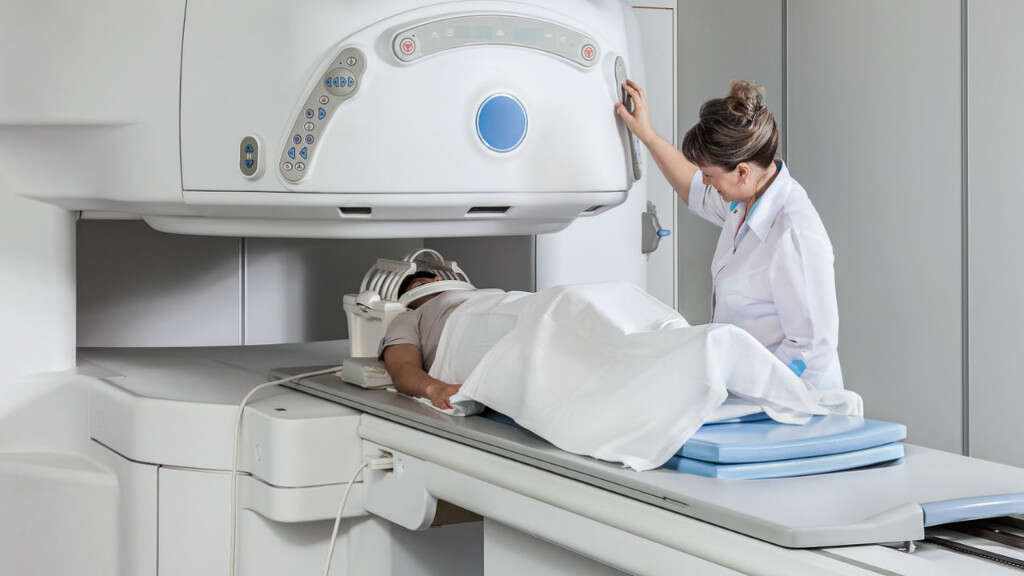
Cause #5: Aphthous Stomatitis
Another extremely common cause of mouth ulcers is aphthous stomatitis or also commonly known as “canker sores”. They affect as many as 10 to 25 percent of the general population. They are non-contagious and can be divided into three types: minor aphthous ulceration, major aphthous ulceration, and herpetiform ulceration. The minor variant occurs when the ulcers are small (2 to 4 mm in diameter) with a red halo.
The major type occurs when the ulcers are more than one centimeter in diameter and may result in scarring. Herpetiform ulceration is the least common. It begins with multiple small blisters or vesicles which then break down to become 2 to 3 mm sized ulcers.

Cause #6: Acute Necrotizing Ulcerative Gingivitis
Acute necrotizing ulcerative gingivitis (ANUG) is a common infection with a sudden onset. Patients with ANUG often experience bleeding gums, pain, and ulceration of the gums between adjacent teeth. If left untreated, it can become a recurrent or chronic condition.
It is usually caused by anerobic bacteria such as the spirochete species or Fusobacteria. Risk factors of ANUG include smoking, poor oral hygiene, stress, malnutrition, and immunosuppression. Treatment includes antibiotics, improvement of oral hygiene, and debridement.
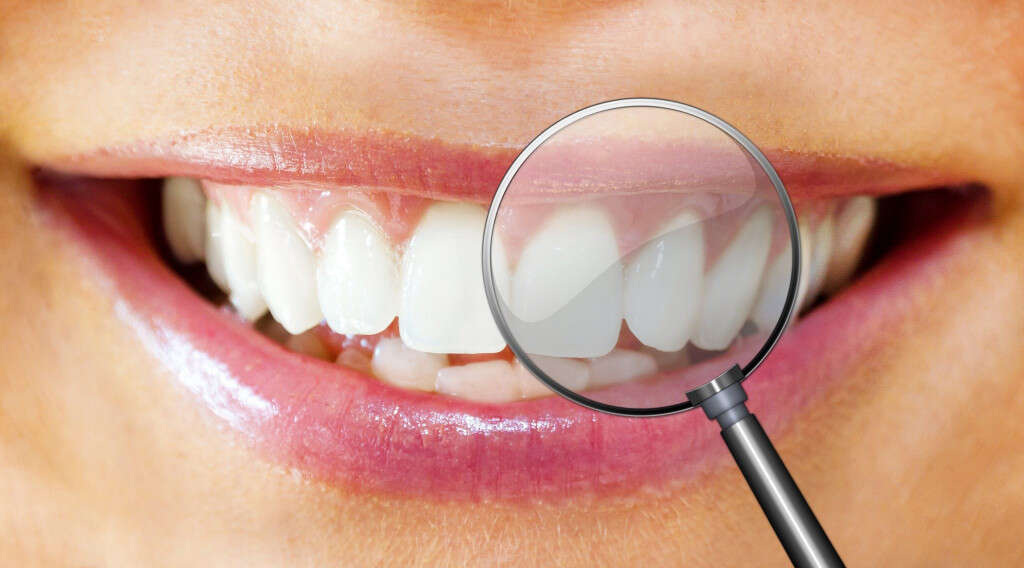
Cause #7: Hand, Foot, and Mouth Disease
Hand, foot, and mouth disease (HFMD) is a condition caused by a viral infection. HFMD usually begins with malaise and fever followed by spots or bumps on the hands, feet, and mouth. These spots may or may not blister. Painful ulcers and blisters can also develop in and around the nose or mouth. They can also occasionally be found on the groin and buttocks.
The infection can be spread through close contact, feces of an infected person, and through the air after an infected person coughs. It is most commonly caused by Enterovirus 71 and Coxsackievirus A16. Prevention includes handwashing practices. Treatment involves pain medication and intravenous fluids.
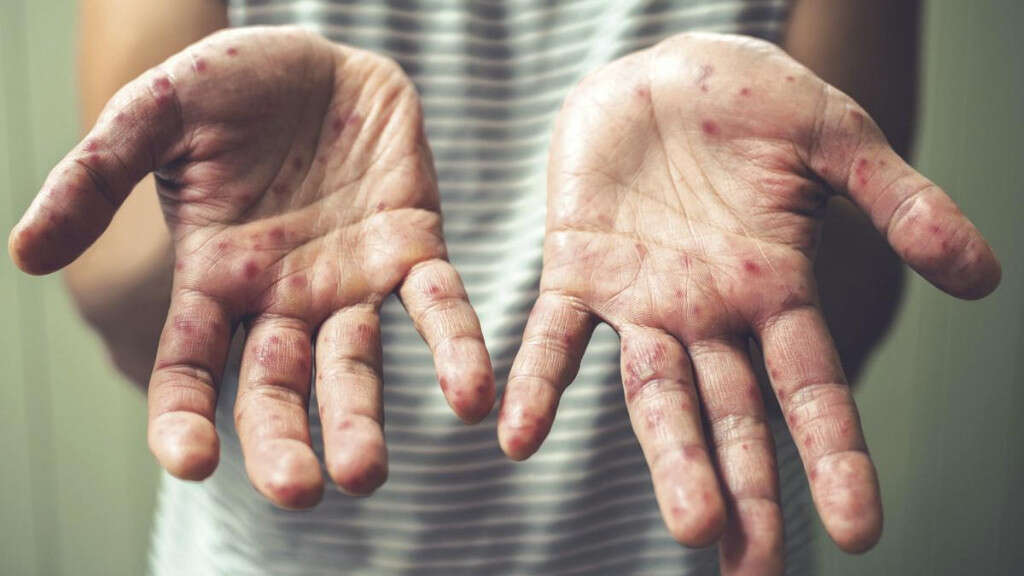
Cause #8: Syphilis
Syphilis is a sexually transmitted infection that is caused by the bacterium Treponema pallidum. The signs and symptoms of syphilis depend on the stage of infection. In the primary stage, there can be multiple sores and chancres that are painless, firm, and non-itchy. In the secondary stage, there can be a diffuse rash along with sores or ulcers in the mouth or genitals.
Latent syphilis has little to no symptoms, while tertiary syphilis can lead to neurological and cardiovascular symptoms. Syphilis can be diagnosed through blood tests and treated with antibiotics such as benzathine benzylpenicillin, doxycycline, and tetracycline.

Cause #9: Chickenpox
Chickenpox is a highly contagious disease caused by the varicella zoster virus. Patients with chickenpox often experience small itchy blisters on the skin which scab over, fever, headaches, and tiredness, among others. The disease is often more severe in adults compared to children. The varicella vaccine, introduced in 1995, has resulted in a reduction of cases and complications from the disease.
Its treatment is symptomatic, where calamine lotion can be used to reduce itching, paracetamol (acetaminophen) for fever or pain, and keeping nails short to prevent excoriations from scratching the itchy lesions. Antivirals such as acyclovir can also be used.
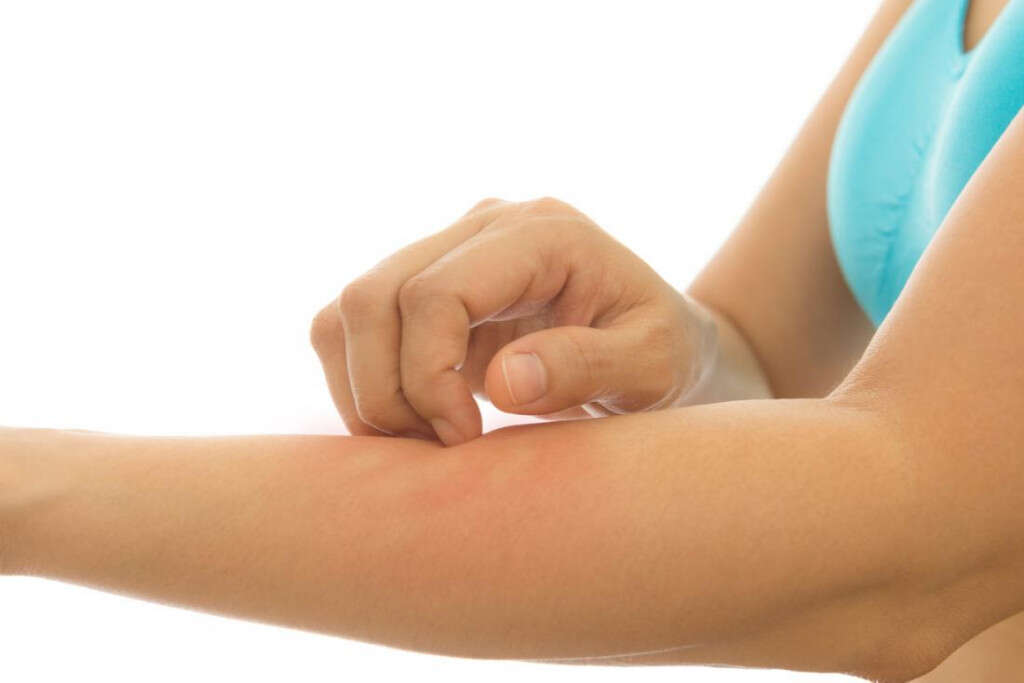
Cause #10: Herpangina
Herpangina is a condition caused by the coxsackie virus infection that causes mouth blisters. It is usually caused by coxsackie virus A but can also be due to coxsackie virus B or echoviruses. Most herpangina cases occur in the summer and mostly affect children. It can also occur in adolescents and adults.
Those with herpangina also experience symptoms such as fever, sore throat, loss of appetite, headaches, neck pain, and ulcers in the oral cavity. These ulcers first start as 1 to 2 mm lumps that become vesicles, which gradually become shallow ulcers. These lesions usually heal in one to seven days.





